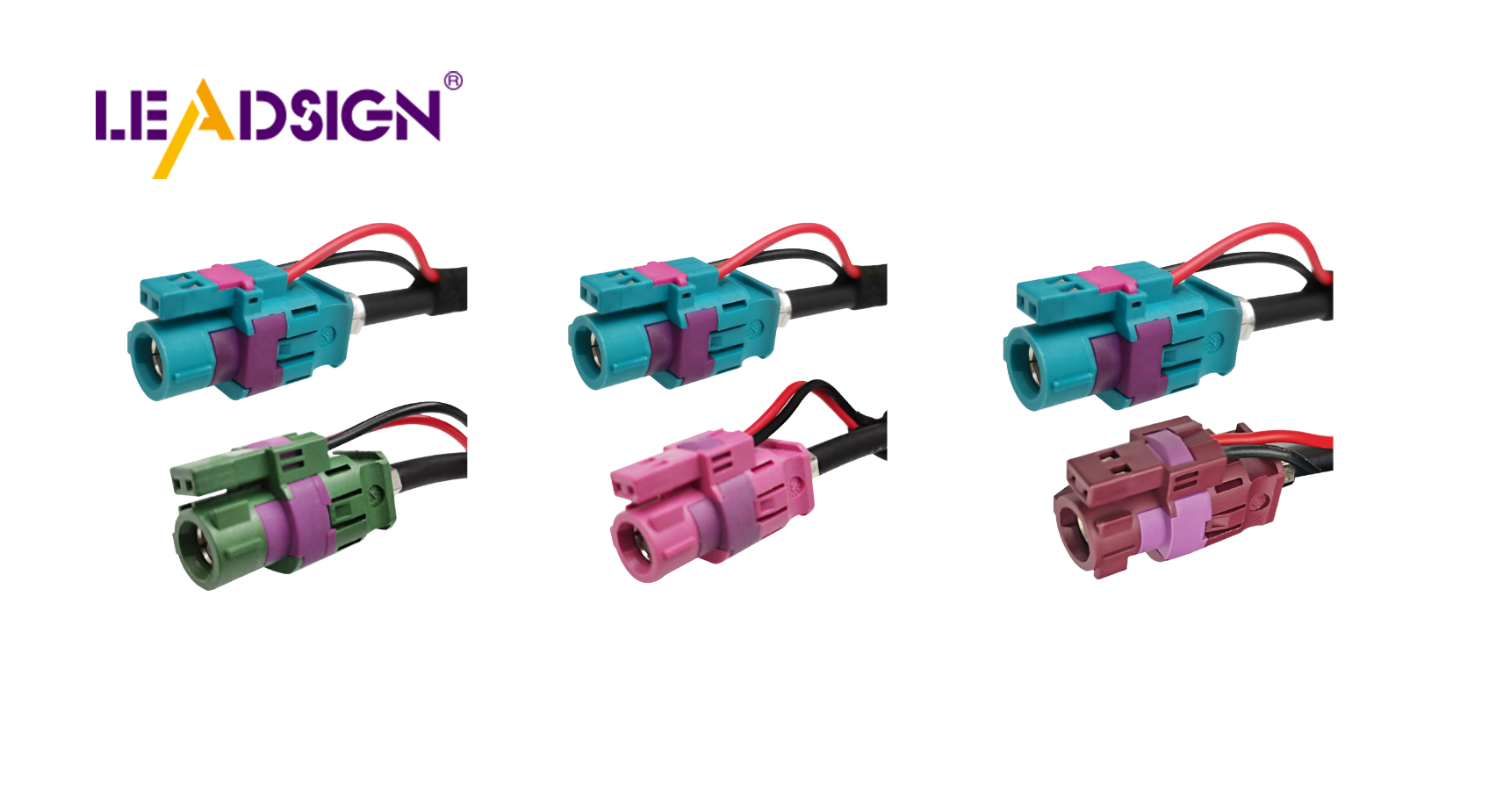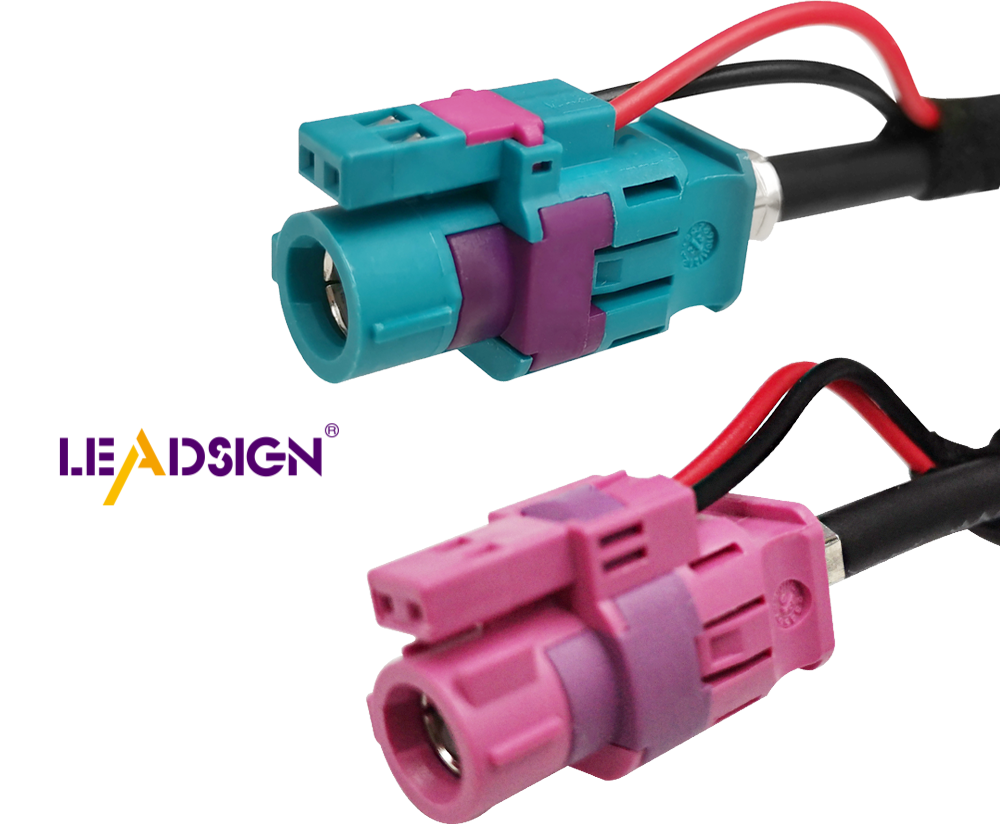Comparing EV and Hybrid Vehicle Cables with Custom Cable Maker Insights

Electric cars and hybrids need special vehicle cables. These cables are very important for how well the cars work. EV cables can handle more electricity than regular vehicle cables. This helps the car run smoothly and safely. More people want electric cars now. So, cable technology is getting better. New vehicle cables last longer and stay cooler. Knowing about these cables helps you take care of your car. It also helps you make it work better.
Key Takeaways
Understand the importance of vehicle cables: EV cables handle more electricity, ensuring better performance and safety for electric cars.
Choose the right materials: Opt for cables made from high-quality copper or aluminum to enhance power delivery and reduce overheating.
Regular maintenance is key: Frequently check your cables for damage and keep them clean to extend their lifespan and maintain performance.
Consider cable design: For hybrids, select cables that balance electric and gas power needs while fitting in tight spaces.
Prioritize safety features: When selecting cables, look for those with strong insulation and warranties to ensure reliability.
Stay informed on trends: Keep an eye on innovations in cable technology for better performance and safety in your vehicle.
Match cables to your vehicle's specifications: Ensure the cables meet or exceed your car's power requirements to prevent damage and optimize functionality.
Design and Material Differences in Vehicle Cables

Knowing how vehicle cables are made is important. It helps if you like electric cars and hybrids. These differences affect how your car works and lasts. Let's look at EV and hybrid cable designs.
EV Battery Cable Design
For EVs, battery cables are key for power and safety.
Materials used in EV cables
EV cables use strong materials for high power and tough conditions. They often have copper or aluminum to carry electricity well. This stops cables from getting too hot. The covering on these cables keeps them safe from heat and leaks. This is important for safety and making cables last long.
Design considerations for EVs
Making EV cables needs careful thought. First, they must handle heat without breaking. They should be strong against chemicals and stress. Second, they must be safe for high power. Lastly, they should send power well to help the car go far.
Hybrid Vehicle Battery Cable Design
Hybrids use both electric and gas power, needing special cables.
Materials used in hybrid cables
Hybrid cables use good materials but for lower power than EVs. They need to work for both electric and gas engines. This means they must carry power well and be light to save fuel.
Design considerations for hybrids
Hybrid cables balance electric and gas power needs. They must move energy well between the battery and car parts. They should be strong for switching power types. Also, they need to fit in small spaces, so size and bending matter.
By knowing these cable differences, you see how complex making them is. This helps you choose the right cables for your car's best performance and safety.
How Battery Cables Work and Help Cars
Knowing how vehicle cables work is important for car fans. These cables help your car run well and safely. Let's look at how EV and hybrid cables work.
How EV Cables Work
For electric cars, cables are very important. They help the car get power smoothly.
How They Carry Power
EV cables handle lots of electricity. They move power from the battery to the motor. They use copper or aluminum to carry power well. This stops energy loss and keeps cables cool. Cool cables help the car work better.
How They Affect Car Distance
Good EV cables help your car go far. They save energy, so the car can drive longer on one charge. As more people want electric cars, good cables are needed. They help the car go far and work well.
How Hybrid Cables Work
Hybrids need special cables for electric and gas power.
Balancing Two Power Types
Hybrid cables move power between the battery and engine. This helps the car switch between electric and gas power. The cable design is important for this balance.
Moving Energy Well
Hybrid cables must be light to save fuel. They still need to give strong power. The cable design helps them fit in small spaces. This helps the car work well.
By knowing how these cables work, you see why they matter. Good cables help your car go far and work its best.
Keeping Cables Strong and Lasting
Knowing how to care for your car cables is important. It helps them last longer. Let's see what affects EV and hybrid cables and how to keep them good.
How Long EV Cables Last
What Makes Them Wear Out
EV cables face many problems. Moving and shaking can wear them out. High heat in electric cars can hurt them too. Chemicals like road salt can cause rust. Picking good cables helps them last longer.
Tips to Care for EV Cables
Check your EV cables often. Look for damage like cuts or color changes. Keep them clean and free from dirt. Fix problems quickly to stop more damage. Store your car well, especially in bad weather, to protect cables.
How Long Hybrid Cables Last
What Makes Them Wear Out
Hybrid cables have their own problems. They need to work with both electric and gas power. They must be strong and bendy. Like EV cables, they face moving and heat issues. But hybrids use less power, so they heat up less.
Tips to Care for Hybrid Cables
Check hybrid cables often too. Look for damage and make sure they are tight. Keep them clean and away from harmful stuff. If you drive in tough places, check them more often.
By knowing these things and following these tips, your car cables will stay strong and work well. This helps your car run better and last longer.
Custom Cable Maker Insights on Choosing the Right Cables
Picking cables for your electric or hybrid car can be tough. But don't worry, we have expert tips to help you choose.
Expert Opinions on Cable Selection
When picking vehicle cables, think about these important things:
Key factors to consider
Material Quality: The stuff in your EV cables matters a lot. Good materials make them work better and last longer. Copper and aluminum are good because they carry electricity well and handle heat.
Insulation: Good insulation keeps cables safe and working well. It stops heat, water, and damage. This is super important for high-voltage wires where safety is key.
Testing and Standards: Pick cables that pass strict tests. This shows they can handle your car's power needs. As Belden, a cable expert, says, "Strict rules are needed for EV cables, like material choice and quality."
Compatibility: Make sure cables fit your car's system. Whether it's a hybrid or full electric, cables must fit right in.
Custom solutions for specific needs
Sometimes, regular cables aren't enough. Custom cables can be made to fit your car's special needs. This helps them work best and last long.
Trends in Cable Technology
Cable technology keeps changing. Here are some cool trends to watch:
Innovations in materials
New materials make cables better. They focus on carrying power well, being lighter, and lasting longer. New insulation helps with safety and works well in high-voltage areas.
Future developments in cable design
Cable design is getting better. Expect smaller and bendy designs for tight spaces. This is important for hybrid cars with little room. Better testing will also mean higher quality checks.
By knowing these trends and expert advice, you can pick the right cables. This makes your car work better and stay safe.
Knowing the differences between EV and hybrid cables helps you choose better. EV cables carry more electricity. Hybrid cables work with both electric and gas power. When picking cables, think about these tips:
Match the Cable to Your Car: Make sure the cable fits your car's top AC charge rate or is better.
Prioritize Security and Warranty: Pick cables with good safety features and a strong warranty.
Consider Cable Length: Choose a length that fits your charging space for easy use and storage.
By thinking about these things, you keep your car working well and safe.
FAQ
What should you know before switching to plug-in electric hybrid vehicles (PHEVs) and electric vehicles (EVs)?
Before switching to PHEVs and EVs, think about a few things. First, check if there are charging stations near you or at home. Second, consider how you drive. EVs are good for city trips, while PHEVs are better for long drives. Lastly, think about the cost. EVs might cost more at first, but they save money on gas and repairs over time.
How do EV cables differ from regular vehicle cables?
EV cables can handle more electricity than regular ones. They use copper or aluminum to carry power well and stop overheating. The covering on these cables is important for safety, keeping them safe from heat and leaks.
Why is cable design important for hybrid vehicles?
Hybrid cars need cables that balance electric and gas power. These cables must move energy well between the battery and car parts. They should be light to save fuel and fit in small spaces.
How can you maintain your EV cables?
Check your EV cables often for damage like cuts or color changes. Keep them clean and free from dirt. Fix problems quickly to stop more damage. Store them well, especially in bad weather, to protect them.
What factors affect the longevity of hybrid cables?
Hybrid cables face problems like moving, heat, and switching power types. They need to be strong and bendy. Regular checks for damage and keeping them tight and clean can help them last longer.
What should you consider when choosing vehicle cables?
When picking vehicle cables, think about material quality, insulation, testing standards, and if they fit your car. Good materials like copper and aluminum carry power well. Good insulation keeps them safe from heat and damage. Make sure they pass strict tests and fit your car's system.
Are there custom solutions for specific cable needs?
Yes, sometimes regular cables aren't enough. Custom cables can be made to fit your car's special needs, helping them work best and last long.
What are the latest trends in cable technology?
Cable technology is changing with new materials and designs. New materials focus on carrying power well, being light, and lasting long. Future designs aim for smaller, bendy cables to fit tight spaces, especially in hybrid cars.
How do good cables impact your car's performance?
Good cables carry power well, helping your car run smoothly and safely. For EVs, this means better range and performance. For hybrids, it helps switch smoothly between electric and gas power.
Why is it important to match the cable to your car?
Matching the cable to your car's needs makes sure it can handle the power. This stops damage and helps it work best. Always pick cables that meet or beat your car's top charge rate.
See Also
Improving Automotive Data Flow With Superior Connectors And Cables
Boosting Vehicle Efficiency Using HSD To USB 2.0 Cables
Increasing Efficiency Through HFM Connectors In Vehicles
Improving Connectivity Using HSD LVDS Cable Solutions
Boosting Data Transfer: Significance Of High-Speed Automotive Connectors

